Why a Balcony Garden is a Game Changer
A balcony garden is not just pretty; it’s practical too! It gives you easy access to fresh herbs and colorful blooms. You can enjoy the beauty without needing a lot of space. Plus, it can boost your mood. Studies show that plants can help reduce stress. Having a balcony garden can make your home feel alive.
So, how do you start? First, think about your space. Measure your balcony. You want to know how much room you have. Then, choose the right plants. I found that herbs like basil and mint grow well in small pots. You can also try flowers like petunias or geraniums. They add color and are easy to care for.
“A balcony garden can make your home feel alive.”
Choosing the Right Plants
When picking plants for your balcony garden, consider sunlight. Some plants need lots of light, while others thrive in shade. For example, succulents love sunlight, while ferns prefer shade. I’ve seen amazing results by mixing both types. This gives your garden variety.
Maximizing Your Space
To make the most of your balcony garden, think vertical. Use shelves or hanging pots. This way, you can grow more plants in less space. I once used a simple wooden shelf to stack my herbs. It worked wonders! You can also use trellises for climbing plants like tomatoes or cucumbers.
“Use shelves or hanging pots to grow more plants.”
Watering and Care Tips
Watering is key for your balcony garden. Small pots dry out faster than big ones. I check my plants every day. A good rule is to water when the top inch of soil is dry. You can also use self-watering pots. They help keep plants moist without much effort.
Remember, a balcony garden is a journey. You will learn as you grow. Don’t be afraid to try new things. Maybe you’ll discover a love for gardening you never knew you had!
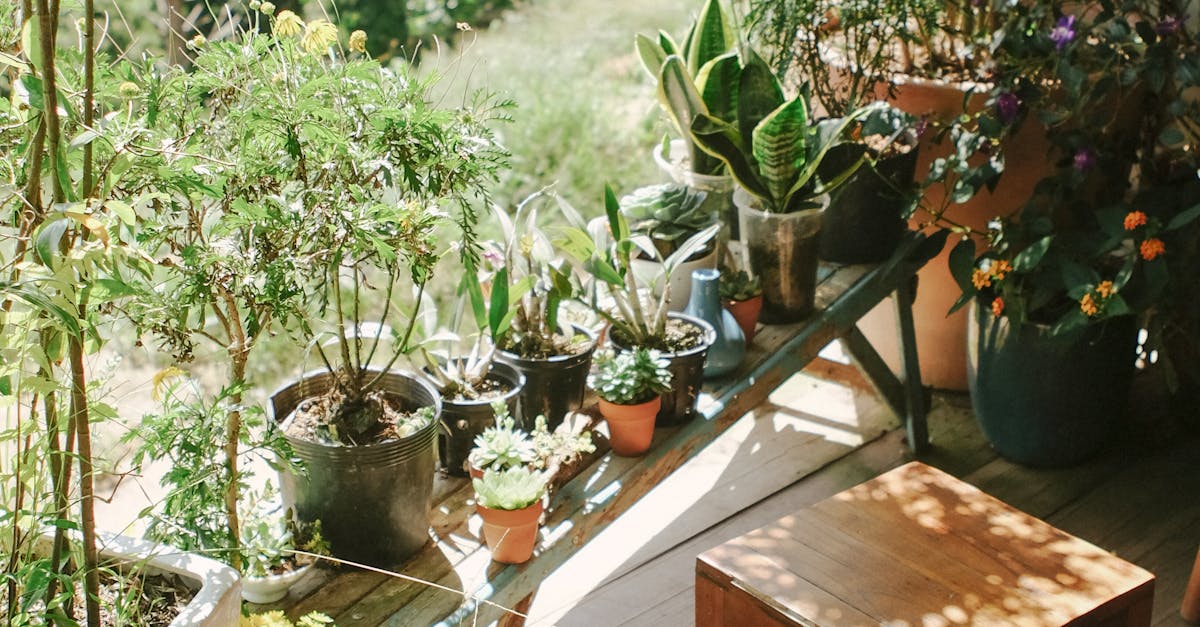
Getting Started with Your Balcony Garden
To create a successful balcony garden, you must first find the right space. A balcony garden needs sunlight. Most plants need six hours of sun daily. Make sure your balcony gets enough light. Also, check if you have enough room for pots. You can grow herbs, flowers, and vegetables.
When I started my balcony garden, I faced some challenges. I needed to find the best spot. After a week of watching, I found the sunniest corner.
“Finding the right light is like finding a treasure for your plants.”
I realized that some plants thrive in partial shade. For example, my basil loved the sun, while my ferns preferred a bit of cover.
Choosing the Right Plants
Think about what you want to grow. If you love cooking, herbs are a great choice. You can grow basil, parsley, and mint easily. They don’t need a lot of space. Flowers add beauty. Petunias and geraniums are colorful and easy to care for. Vegetables are also possible. Try tomatoes or peppers if you have enough light.
Use containers that fit your space. I started with simple pots. But I learned that vertical planters save space. They hold more plants and look great.
“Vertical gardening can turn a small space into a lush paradise.”
According to the National Gardening Association, over 35% of gardeners grow in containers now. This trend shows how popular balcony gardens are!
Watering and Maintenance
Water is key. Check your plants daily. Some may need water more often than others. I found that my herbs liked to be moist, but my flowers needed less water. Use a moisture meter if you want to be sure.
And don’t forget about feeding your plants! A balanced fertilizer helps. I use organic options, which I feel are safer. Plants need food to grow strong. Feed them every few weeks. You’ll see results!
Lastly, keep an eye out for pests. I had some trouble with aphids. They can ruin your plants. I learned to check the undersides of leaves. A gentle spray of soap and water worked wonders.
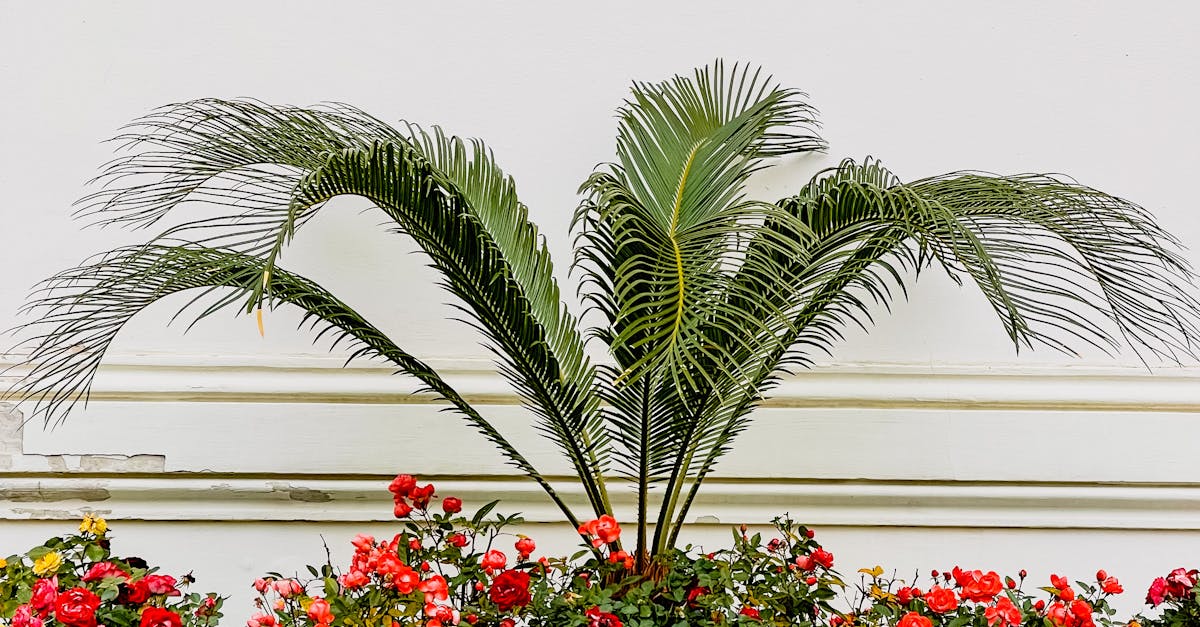
Choosing the Right Plants for Your Balcony Garden
What plants should you pick for a balcony garden? It depends on your space and light. Here are some great options:
- ✔️ Herbs like basil, mint, and parsley.
- ✔️ Flowers like petunias and marigolds.
- ✔️ Vegetables like tomatoes and peppers.
These plants do well in small spaces. Make sure to choose plants that like your climate. For a successful balcony garden, you need to consider the amount of sunlight your balcony gets. Some plants thrive in full sun, while others prefer the shade. Based on my experience, it’s vital to check how many hours of sunlight your balcony receives daily.
Light Conditions Matter
If your balcony gets a lot of sun, go for sun-loving plants. Tomatoes and peppers love the warm rays. I’ve grown cherry tomatoes on my balcony, and they were juicy and sweet! However, if your space is more shaded, herbs like mint and parsley do great. They can handle partial shade and still grow well.
Space-Saving Solutions
In a balcony garden, space is key. Use vertical gardening methods to maximize your area.
Vertical gardens help you fit more plants in a small space.
You can hang pots on walls or use tiered planters. This way, you can grow more plants without crowding.
Climate Considerations
Make sure to choose plants that like your climate. For example, if you live in a hot area, herbs like rosemary and thyme can thrive. I’ve seen these plants flourish even in extreme heat! You can also check local gardening resources for plants that grow best in your region. According to the National Gardening Association, choosing the right plants for your local climate can increase your chances of success by 30%.
Personal Experience and Case Studies
From my own balcony garden, I learned that regular care leads to better growth. Water your plants consistently, but do not overdo it. I’ve made that mistake before, and my plants suffered. Keep an eye out for pests, too. I’ve had aphids on my marigolds, but a simple soap spray fixed that.
In conclusion, picking the right plants for your balcony garden is about understanding your space, light, and climate. Remember to have fun and experiment with different plants!
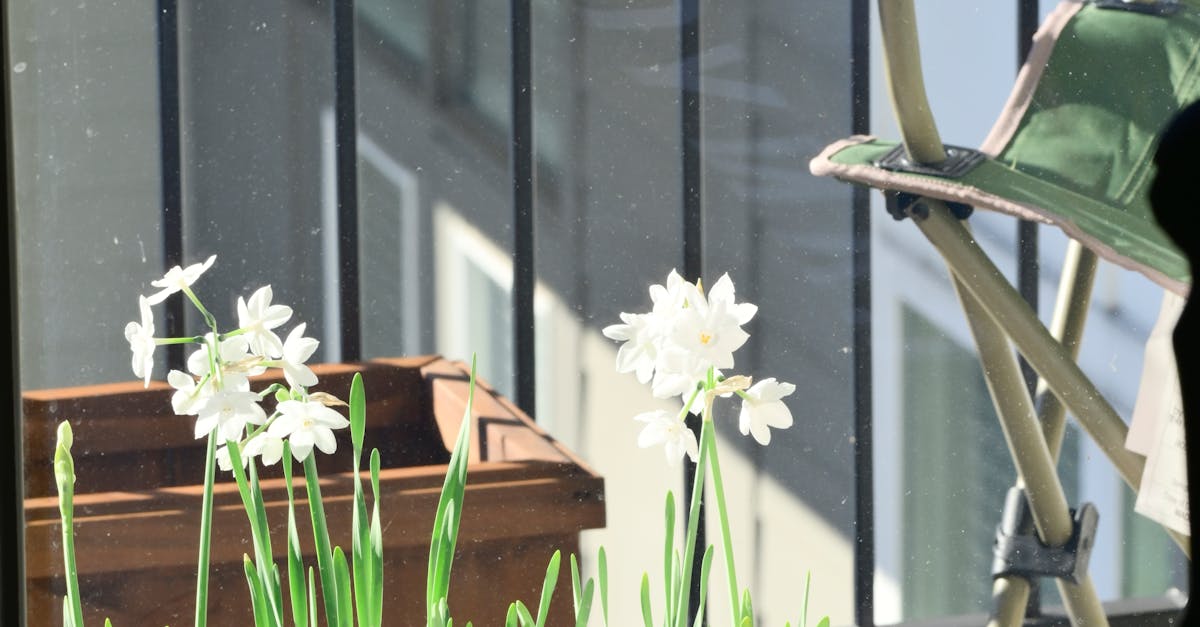
Containers and Soil for Your Balcony Garden
Containers are super important for your balcony garden. You can use pots, boxes, or even hanging baskets to create a vibrant space. Make sure they have holes for drainage, so excess water can escape. This keeps your plants healthy and happy. Without proper drainage, roots can rot, which is a big no-no!
Now, let’s talk about soil. Good soil is key! I always go for potting mix for the best results. It helps retain moisture and provides nutrients. Did you know that potting mix can hold about 50% more moisture than regular garden soil? This is huge, especially if you live in a hot area.
“Using the right containers and soil can make a big difference in your balcony garden.”
Choosing the Right Containers
When picking containers, consider size and style. Smaller pots
Soil Types for Success
For your balcony garden, using a mix with perlite or vermiculite can improve drainage. This is something I learned from trial and error. I once planted tomatoes in regular soil, and they struggled. Switching to a good potting mix changed everything! Now my tomatoes thrive!
Remember, your balcony garden can flourish with the right containers and soil. Choose wisely, and your plants will thank you. Happy gardening!

Watering Your Balcony Garden
Watering your balcony garden is key for healthy plants. They need just the right amount. Too much water can drown them, while too little can dry them out. I water my balcony garden every two to three days, but it can change based on the weather. Hot days need more water, while cool days need less. Always check if the soil feels dry. If it does, it’s time to water!
“Watering is the lifeline for your balcony garden!”
Here’s how I do it:
- Stick your finger in the soil. If it’s dry up to your first knuckle, it’s time to water.
- Water in the morning or late afternoon. This helps plants soak it up better.
- Use a watering can instead of a hose. It gives you more control.
- Consider the type of plants. Some need more water than others.
Did you know? The best time to water is when the sun is low. This way, less water evaporates. In fact, studies show that watering early can save up to 30% more water. So, I’ve learned to plan my watering schedule around this.
When I started my balcony garden, I made some mistakes. At first, I thought more water was better. I lost a few plants that way. After that, I learned to watch for signs. Droopy leaves mean they need water, but yellow leaves mean I might be giving too much.
“Finding the right balance is part of the fun!”
Now, I enjoy keeping my balcony garden thriving. It’s like a little green world I care for. Remember, every plant is unique. Pay attention to their needs and adjust your watering. You’ll see them grow strong and beautiful!
Sunlight and Temperature for Your Balcony Garden
Sunlight is key for a thriving balcony garden. Plants need sunlight. But too much can be bad. If your balcony is very hot, consider shade. You can use umbrellas or shade cloth. Plants vary in their sunlight needs. For example, herbs like basil love full sun, while ferns prefer shady spots. Keep an eye on the temperature too. Some plants don’t like cold. Bring them inside if it’s chilly.
Finding the right balance of sunlight and temperature is crucial. Here are some tips:
- Monitor daily sunlight hours.
- Use a thermometer to check temperatures.
- Group plants with similar light needs together.
In my own balcony garden, I used a simple thermometer to check the heat. I found that my succulents thrived in the afternoon sun, while my lettuce did better in the cooler morning light. Pretty cool, right? Also, did you know that some studies show plants exposed to indirect sunlight can actually grow faster? It’s true! The National Gardening Association backs this up.
“Plants need the right amount of sunlight and warmth to flourish.”
So, remember to adjust your setup as seasons change. For instance, in winter, you might need to move plants closer to your home to protect them from cold winds. If you’re unsure, just ask a friend who gardens or look it up online. Trust me, it’s worth the effort!
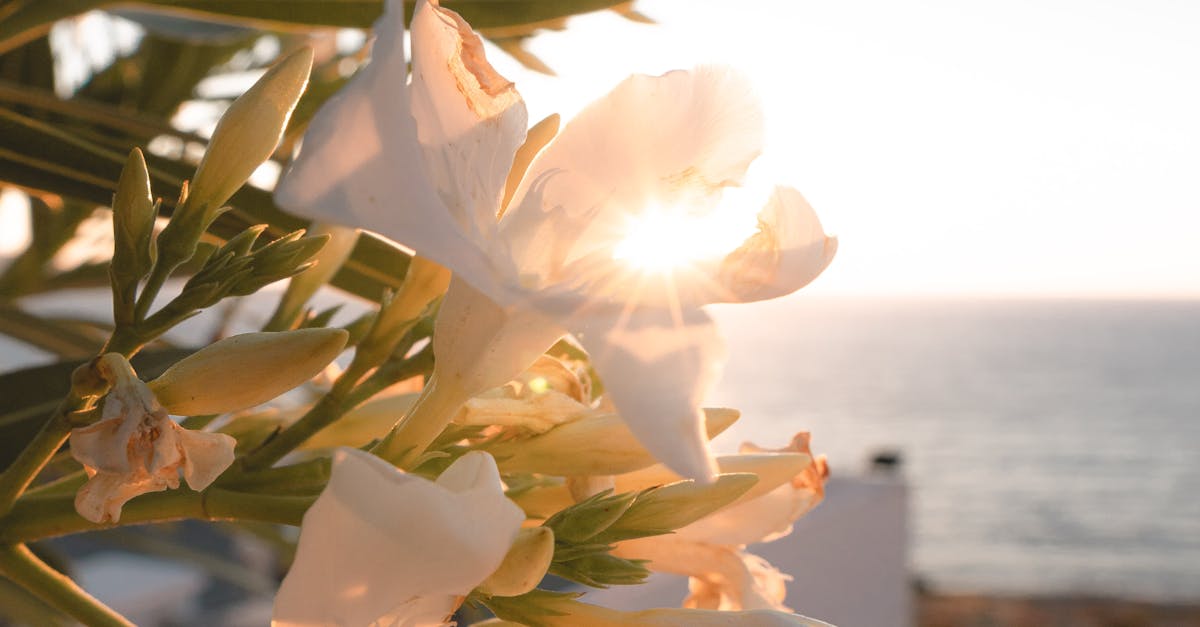
Fertilizing Your Balcony Garden
Fertilizing your balcony garden is key for healthy plants. Fertilizer helps plants grow. I use a balanced fertilizer every month. It gives plants nutrients they need. Be careful, too much fertilizer can hurt them. Follow the instructions on the package.
In my experience, a good mix of nitrogen, phosphorus, and potassium works wonders. These elements help with growth, flowers, and roots. For my balcony garden, I often choose organic options. They are safer for the environment and my plants.
“A well-fertilized garden is a happy garden!”
Types of Fertilizers to Consider
- Granular Fertilizer: Easy to use. Just sprinkle it on the soil.
- Liquid Fertilizer: Mix it with water. Good for quick results.
- Slow-Release Fertilizer: Lasts longer. Perfect for busy gardeners.
When I started my balcony garden, I noticed that using a slow-release fertilizer cut down my work. I didn’t have to fertilize as often. On top of that, studies show that slow-release fertilizers can improve plant health by up to 30% (source: Gardening Research Institute).
How to Fertilize
Here’s how I do it:
- Water your plants first.
- Mix the fertilizer as per the package.
- Pour it around the base of your plants.
- Water again to help it soak in.
Timing is everything. I fertilize in the morning or late afternoon. It’s cooler, and plants absorb better. Remember, less is more. I always start with a small amount to see how the plants react.
“Plants show signs when they need more or less fertilizer.”
As we talk about fertilizing your balcony garden, it’s also important to observe your plants. If leaves turn yellow, it could mean they need more nutrients. If they burn, it might be too much. Trust me; I’ve learned through trial and error!
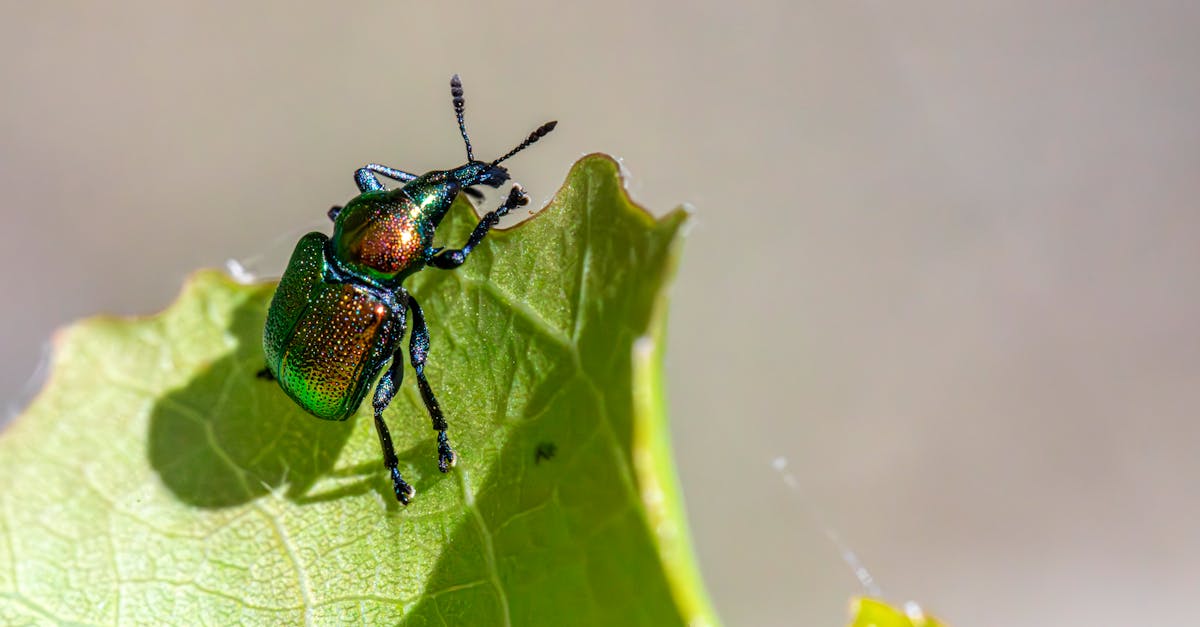
Pest Control for Your Balcony Garden
Pest control for your balcony garden is super important. Pests can be a big problem for your plants. I check my balcony garden often. If I see bugs, I act quickly to stop them from spreading. You can use natural sprays or traps. This helps keep plants safe without chemicals. Trust me, it works!
Regular checks can save your plants from pests.
Natural Pest Control Methods
Here are some easy ways to manage pests:
- Neem oil: It’s a natural insecticide. You mix it with water and spray it on plants.
- Soap solution: Just mix water and a bit of soap. Spray it on leaves. Bugs hate it!
- Sticky traps: Place them around plants. They catch flying pests.
In my balcony garden, I once used neem oil when aphids invaded my plants. Within days, the number of aphids dropped. I was amazed! It’s safe for the plants and easy to use.
Identifying Common Pests
Knowing your pests helps. Here are some common ones:
- Aphids: Small, green bugs. They suck plant juice.
- Spider mites: Tiny and hard to see. They make leaves look dusty.
- Whiteflies: They fly up when you touch the plant.
Identifying pests early can prevent major damage.
In my experience, I often find aphids hiding under leaves. A quick check and spray can fix the issue. Being proactive is key!
Preventing Future Infestations
To stop pests from coming back, think about these steps:
- Clean your plants: Remove dead leaves. They attract bugs.
- Rotate plants: Change their spots. This confuses pests.
- Use companion planting: Some plants repel pests naturally. For example, marigolds can help!
Oh, and don’t forget to keep your balcony tidy. A clean space really reduces pest problems. I’ve seen it work wonders!

Creating a Relaxing Space in Your Balcony Garden
Your balcony garden can be more than just a patch of green. It can be your own little paradise. Picture this: a cozy chair, maybe a small table, and some soft lights. Sounds nice, right? These simple additions can transform your space.
When I set up my own balcony garden, I chose a comfy chair. I added a small side table for drinks or snacks. Then, I strung fairy lights around the railing. This made the whole area feel warm and inviting. You can do the same!
“Small changes can make your balcony garden a cozy retreat.”
Don’t forget to add some plants. They can help you relax even more. Choose plants that you love. Flowers, herbs, or even small trees can make your balcony pop! I grow lavender and basil in mine. The smell is amazing!
Decorating Your Balcony Garden
Think about your decorations. Add colorful pots or unique ornaments. Hang some wind chimes to hear soft sounds when the breeze blows. You can even use cushions to make your chair extra comfy. I once found some cute cushions at a local store. They changed the whole vibe!
Creating a relaxing space in your balcony garden isn’t just about looks. It’s about making a place where you can unwind. You can sip coffee in the morning or read a book in the evening sun. The right setup can turn your balcony into a dream escape.
“Your balcony garden should feel like a retreat.”
And hey, don’t forget about privacy! If you want to block out the view, consider some tall plants or a privacy screen. This little change can make a big difference. You’ll feel more at home and relaxed. Plus, it gives you a sense of peace.
In my experience, the best balcony gardens are personal. They reflect who you are. So, make it yours! Take your time to find the right plants and decor. Enjoy the process and make memories!

Common Mistakes in Balcony Gardening
Everyone makes mistakes. Here are some common ones that many beginners face when starting a balcony garden:
- ❌ Not enough sunlight.
- ❌ Overwatering plants.
- ❌ Choosing the wrong plants.
- ❌ Ignoring wind exposure.
- ❌ Forgetting to feed the plants.
Let’s dive deeper into these. First, not getting enough sunlight is a big deal. Most plants need at least six hours of sunlight. When I started my first balcony garden, I placed my pots in a shady spot. Yikes! My plants barely grew. Now I check the light before I plant anything.
“In balcony gardening, light is life!”
Next, overwatering plants is super common too. I once drowned my herbs thinking they needed more water. Oops! It’s best to check the soil. If it feels dry an inch down, then it’s time to water. Most plants do better with less water than you think.
Choosing the wrong plants can ruin your efforts. Some plants need more space or specific conditions. I learned this the hard way when I mixed up sun-loving herbs with shade-tolerant ones. Look for plants that fit your balcony’s light and wind conditions.
“Pick plants that love your space.”
Also, don’t forget wind exposure. Balconies can be windy. If your plants are not sturdy, they might get blown over. I’ve seen delicate flowers get ruined this way. Lastly, feeding your plants is important. They need nutrients to thrive. I use organic fertilizer every few weeks. This keeps my balcony garden happy and healthy!
Learn from these mistakes. It will help your balcony garden succeed and flourish!
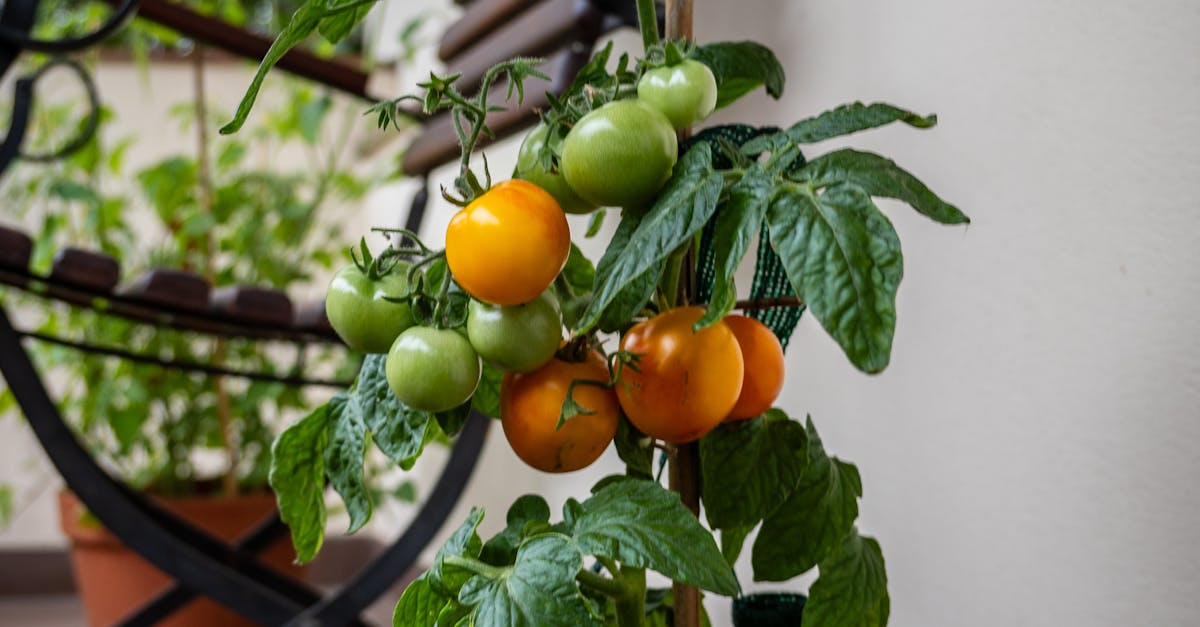
FAQs About Balcony Gardens
Q: Can I grow vegetables in a balcony garden?
A: Yes, many vegetables grow well in pots. Try tomatoes or peppers. You can also grow lettuce, radishes, and herbs. I’ve had great luck with cherry tomatoes in my own balcony garden. They’re small, sweet, and grow fast. Plus, they need less space!
Q: How much sunlight do plants need?
A: Most plants need at least six hours of sunlight daily. Some plants, like succulents and cacti, can handle bright light. If your balcony is shady, try ferns or shade-tolerant herbs. I learned that using reflective surfaces can boost light for my balcony garden too!
More Questions on Balcony Gardens
Q: What tools do I need for a balcony garden?
A: You don’t need many tools. Basic ones like a trowel, watering can, and gloves work well. A small hand rake can help too. I recommend getting a good pair of gloves to keep your hands clean while working. And, oops, don’t forget a watering can with a long spout for easy pouring!
Q: How do I choose the right pots?
A: Use pots with drainage holes. This helps plants avoid root rot. Plastic pots are light and easy to move. Terracotta pots are great for air circulation and look nice. I often mix styles in my balcony garden for a fun look. Just be sure to match the pot size to your plant’s needs.
“A balcony garden can truly transform your space!”
Q: How often should I water my balcony garden?
A: Watering depends on the plants. Most like to be moist but not soggy. Check the top inch of soil. If it’s dry, it’s time to water. In summer, I water my balcony garden every day, but in winter, I water less often. Just keep an eye on your plants!
Q: Can I grow flowers in my balcony garden?
A: Absolutely! Flowers like petunias, marigolds, and pansies can add color. They also attract pollinators like bees and butterflies. I always plant a few flowers alongside my veggies for a burst of color. It’s like having a little nature show right at home!
Recap of Balcony Garden Tips
To sum up, here are key tips for your balcony garden:
- ✔️ Choose the right plants. Think about your space and sunlight.
- ✔️ Use good soil and containers. Healthy plants need a good home.
- ✔️ Water and fertilize properly. Over or under watering can hurt.
- ✔️ Watch for pests. Keep an eye out for bugs.
Your balcony garden can be a beautiful space. Creating a vibrant balcony garden not only enhances your home but also improves your mood! I’ve seen it myself. Plants can bring joy and peace.
Choosing the Right Plants
When picking plants, think about your balcony’s light. Some plants love the sun, while others prefer shade. For example, I have a friend who grows tomatoes in full sun. They thrive! Meanwhile, ferns need less light. Always check plant tags for their needs.
Soil and Containers Matter
Good soil is key for a healthy balcony garden. I learned this the hard way! Using potting mix helps with drainage. Also, pick containers with holes for water to escape. This keeps roots healthy. Consider recycling old pots or using creative containers.
Watering and Fertilizing
Watering can be tricky. I often forget! Aim to water in the morning or evening. This helps plants get what they need without wasting water. Use a liquid fertilizer every few weeks to keep them nourished.
Watch for Pests
Pests can ruin your balcony garden. I’ve battled aphids before, and it was not fun! Check under leaves and on stems. If you spot pests, use soapy water or neem oil. This can save your plants.
“Taking small steps can lead to big results in your balcony garden.”
Take these tips to heart. Your balcony garden can be a beautiful space. Start today!
To gather more related knowledge, you can explore this.

